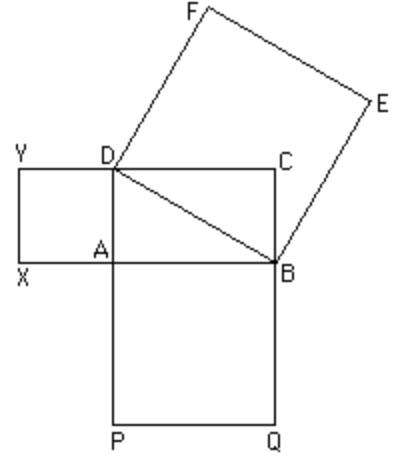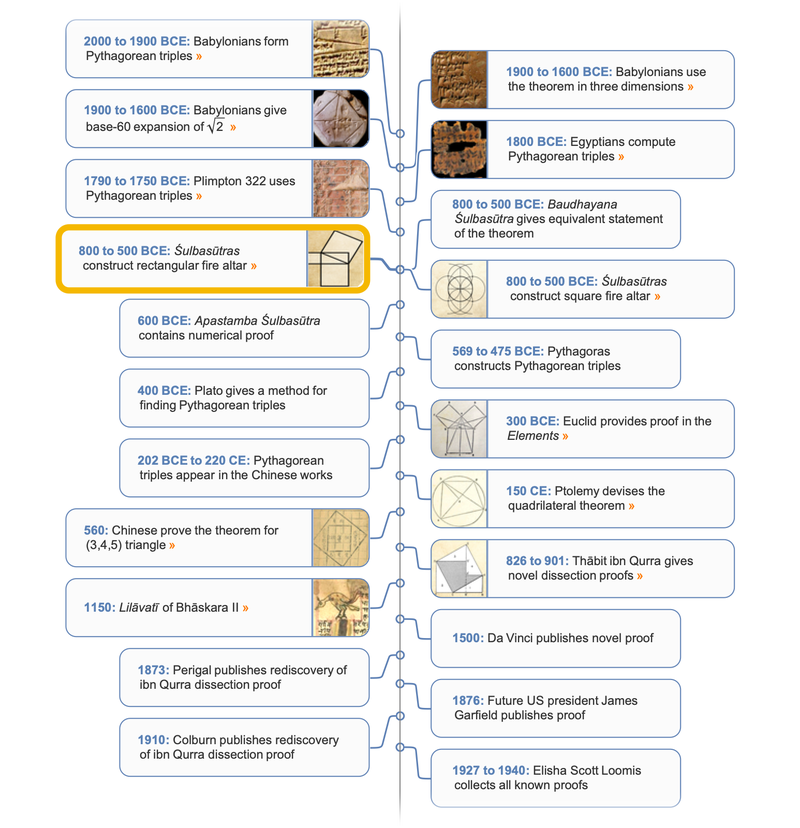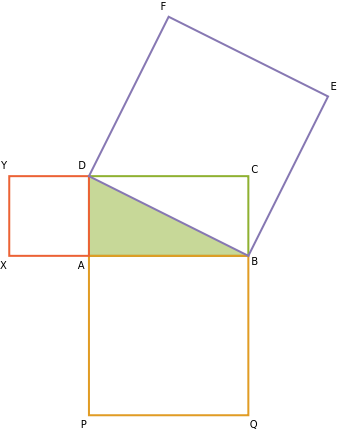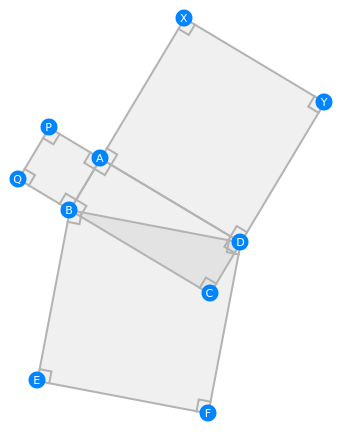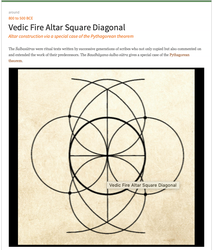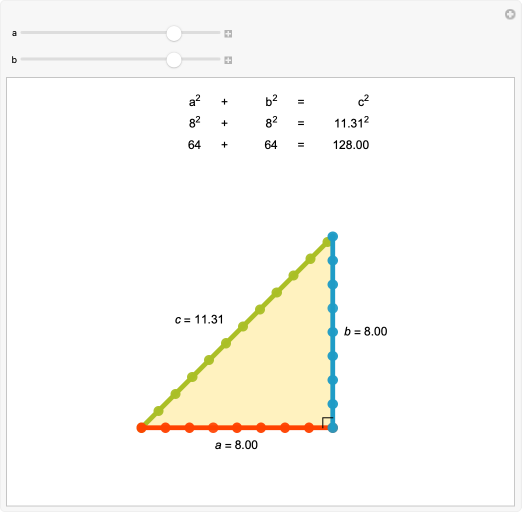around 800 to 500 BCE
Vedic Fire Altar Rectangle Diagonal
Altar construction using the Pythagorean theorem
The Śulbasūtras were ritual texts written by successive generations of scribes who not only copied but also commented on and extended the work of their predecessors. Nothing is known about the authors of the Śulbasūtras other than their names and a rough idea of when they lived. They are the only sources of knowledge about Indian mathematics from the Vedic period.

The Śulbasūtras, no original texts of which are known to have survived, were Indian ritual texts containing geometrical content related to fire altar construction. In the earlier Baudhāyana Śulbasūtra, a special case of the Pythagorean theorem was given for the case of an isosceles right triangle. The general version involving a rectangle was subsequently stated in the Kātyāyana Śulbasūtra.
